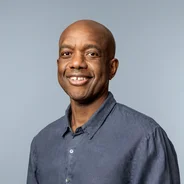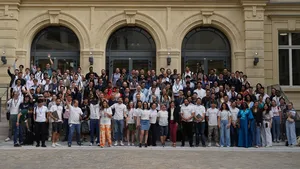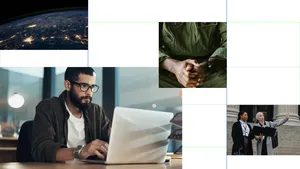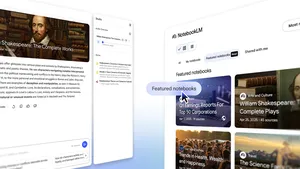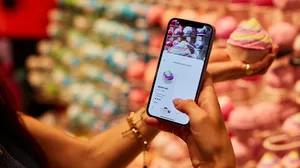The creative and transformational possibilities of AI

Editor’s note: Today, James Manyika spoke at the Cannes Lions Festival about AI and creativity. You can read edited excerpts from his remarks below.
Throughout history — driven by curiosity, creativity or necessity — humans have always pushed the boundaries of what’s possible. All eras of discovery and innovation began with someone imagining possibilities.
This is true for art as well. The status quo rarely captures our imaginations. Instead, we’re inspired by someone trying something new: a different medium, method, subject or something else altogether. And sometimes technology acts as the muse to open up untapped sources of creativity.
One helpful parallel for this moment is the history of photography. When photography first arrived, many worried it signaled the end of art because it threatened to disrupt significant areas of work, like landscape painting and portraiture. However, in many ways the opposite turned out to be true. Freed from the need to accurately reproduce reality, painters went to new places leading to the rise of impressionism, modernism, and so much more. At the same time, photography became an art form of its own, intertwined with and powered by technology.
At Google, we see the same potential for AI to help us connect, be more productive and liberate our imaginations. And we’re excited about how it will interplay with human creativity — not replacing it, but enhancing, enabling, and liberating it.
This is something that can be easier to show than tell. Today on stage, Vice President of Google Creative Lab Robert Wong shared examples of how he and his team have been using AI tools developed by Google Research in their work, such as:
- Piloting an experimental AI-Reply tool (using PaLM 2 and MakerSuite) to generate draft replies to YouTube user comments for a social campaign launching today, Best Phones Forever. A human community manager evaluates, selects and edits the best options — all of which are generated in the friendly voice of the campaign.
- Using StyleDrop to generate creative and novel logos and icons that are stylistically consistent with the Google Android brand.
- Using DreamBooth to train a model on your own images and generate endless selfies.
Text-To-Image generations in style of Android brand using StyleDrop

DreamBooth images of Robert Wong, VP of Google Creative Lab

One thing the demos made clear is that the strongest end product doesn’t come from AI alone, but AI being used by people with curiosity, creativity and compassion. The most important ingredient isn’t AI — it’s humans.
And while it is exciting to see what is possible today, we also believe it’s imperative to take a responsible approach to AI. Building AI responsibly must be a collective effort involving researchers, social scientists, industry experts, governments, and everyday people. It’s also important to acknowledge that AI is still an emerging technology that is still being developed that will pose new challenges that we must innovate to address.
As Robert said today, creative people thrive in times of change — they’re often the first to try new things, reinvent the rules, push the boundaries, and expand possibilities for everyone. His advice to anyone who is curious but cautious is to just get started — play with AI and try some of the new tools. What possibilities do you see? What things can you imagine?
It’s an exciting time right now. There’s so much we can accomplish and so much we must get right — together.
